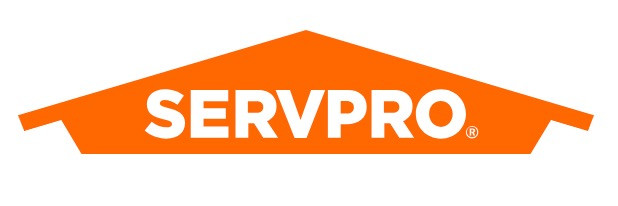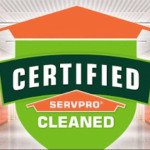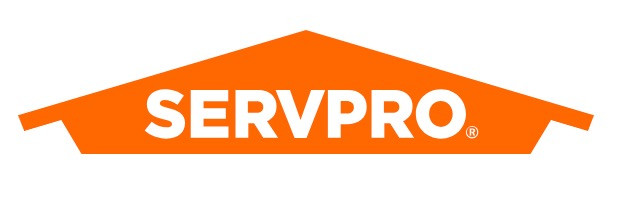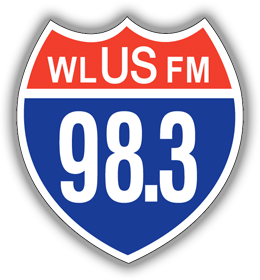Water damage is a unique kind of problem to deal with on a property. Depending on the materials exposed, some items on a property may only need to be dried out, whereas others may need to be disposed of. But aside from the obvious damage that comes from water, such as short-circuiting electricity and getting things wet, there is another risk that should always be heeded; health risks.
It’s important to understand that not all sources of water are safe. Depending on the part of the world you live in, even water from a tap may not be safe to drink and can cause illness if it is swallowed. The same is true with water damage, which is why professional water damage restoration experts tend to classify water safety levels into three groups.
Water Damage Classifications
Category 1: Clear Water Damage
Some water is about as clean as it can get. Rain water, or water that leaks from a water line on a property falls under this class. Clearwater damage means the water is devoid of major toxins and pathogens. This doesn’t mean you should pour some into a glass and drink it, but there’s no great health risk from the water, especially if you need to handle it unprotected.
Category 2: Grey Water Damage
The next level adds a health risk element. Grey water is any water that comes from less clean sources. However, the source is not toilets, so there’s no risk of serious bacterial infection. Water from dishwashers, laundry machines, sinks used for washing dishes, and even water from sump pumps are considered sources of grey water.
Grey water is a mix of impurities that are not necessarily dangerous or pose a severe health risk. For example, dishwashing or laundry water has soap, dirt, and food. This may not be pleasant to swallow accidentally, but it is a survivable experience.
Category 3: Black Water
This is the most dangerous type of water; it’s the one that poses the greatest health risk. Black water implies hazardous levels of toxins or bacteria in the water. The threat is high enough that illnesses and even transmittable diseases may be present in the water, and interactions should not occur without protection. Black water comes from many sources. Flood waters, for example, are a natural example of black water. A basement flooded with water from a sewage backup is another example, as this is likely to contain urine and fecal matter.
However, the danger with black water is not relegated just to ingestion. Depending on the nature of the toxins, physical contact with the skin or even inhalation may be enough to cause an illness. This is why when there is black water on a property, it should be handled with extreme caution.
Get Help From Professional Water Damage Mitigation Experts
If you have a water damage problem and black water is involved, always bring in experienced professionals, like the experienced water mitigation professionals at SERVPRO, to deal with the situation. This way, not only can the black water be safely and efficiently removed, but a professional assessment can ensure there are no residual threats that may remain, such as damp areas where mold formation can occur, which can pose additional health risks.
As a trusted leader in the restoration industry, SERVPRO of Southern Lancaster, Kershaw, and Fairfield Counties has the advanced training and equipment needed to clean and restore your home and business. They are locally owned, and their highly-trained team of certified professionals is ready to respond - every day, any time. They can safely mitigate and restore Category 1, 2, or 3 water damage that has occurred in either residential or commercial premises. Contact them today at (803) 475-7500.



























